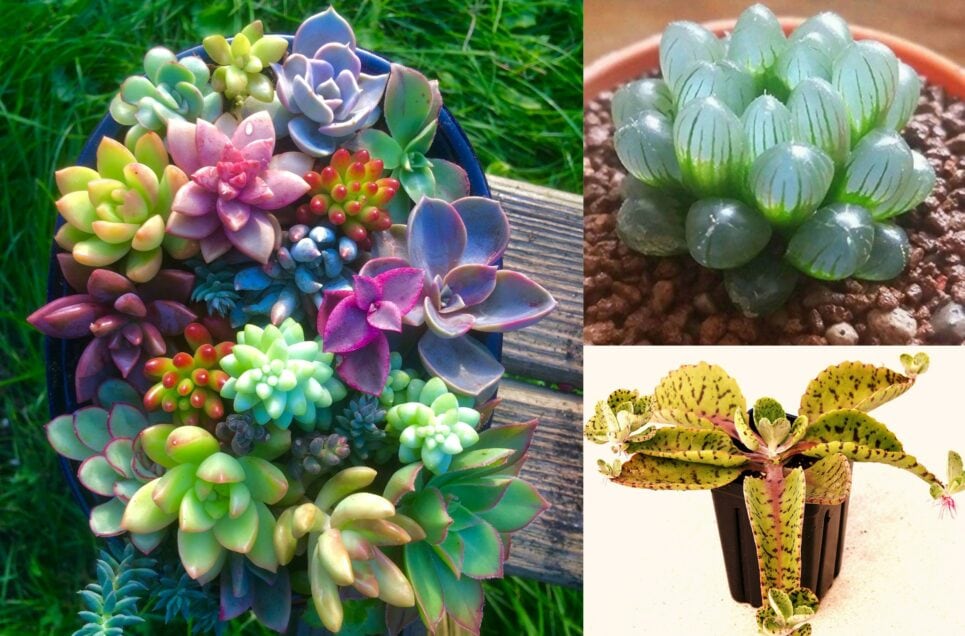Succulents are known for their unique and often strange appearance, but there are some types that truly stand out as otherworldly. From the surreal Stapelia Gigantea, also known as the Carrion Flower, to the stunning Kalanchoe Thyrsiflora, these four succulents are sure to leave you in awe.

Trachyandra Tortilis (Ribbon Plant)
The unique feature of Trachyandra succulents is their unusual and eye-catching spiral-shaped leaves. Native to southern Africa, its leaves grow in a dense, cylindrical formation that twists and spirals, resembling a corkscrew or a helix. This gives the plant a striking and distinct appearance that makes it a popular choice among succulent enthusiasts. In addition to its unique leaves, Trachyandra succulents also produce tall, slender flower stalks that can grow up to several feet in height. The flowers are small and white or yellow, adding to the plant’s overall beauty.












































